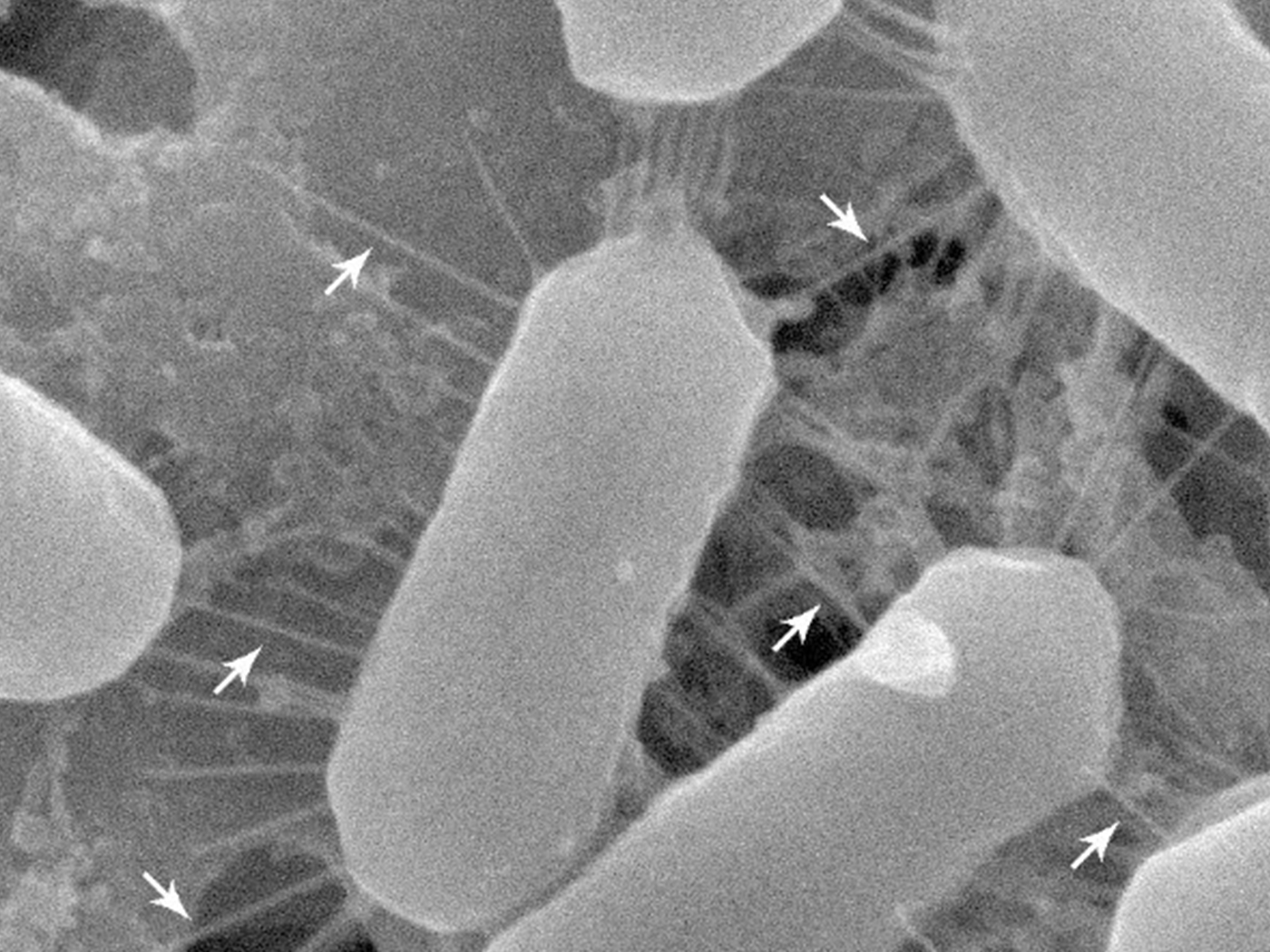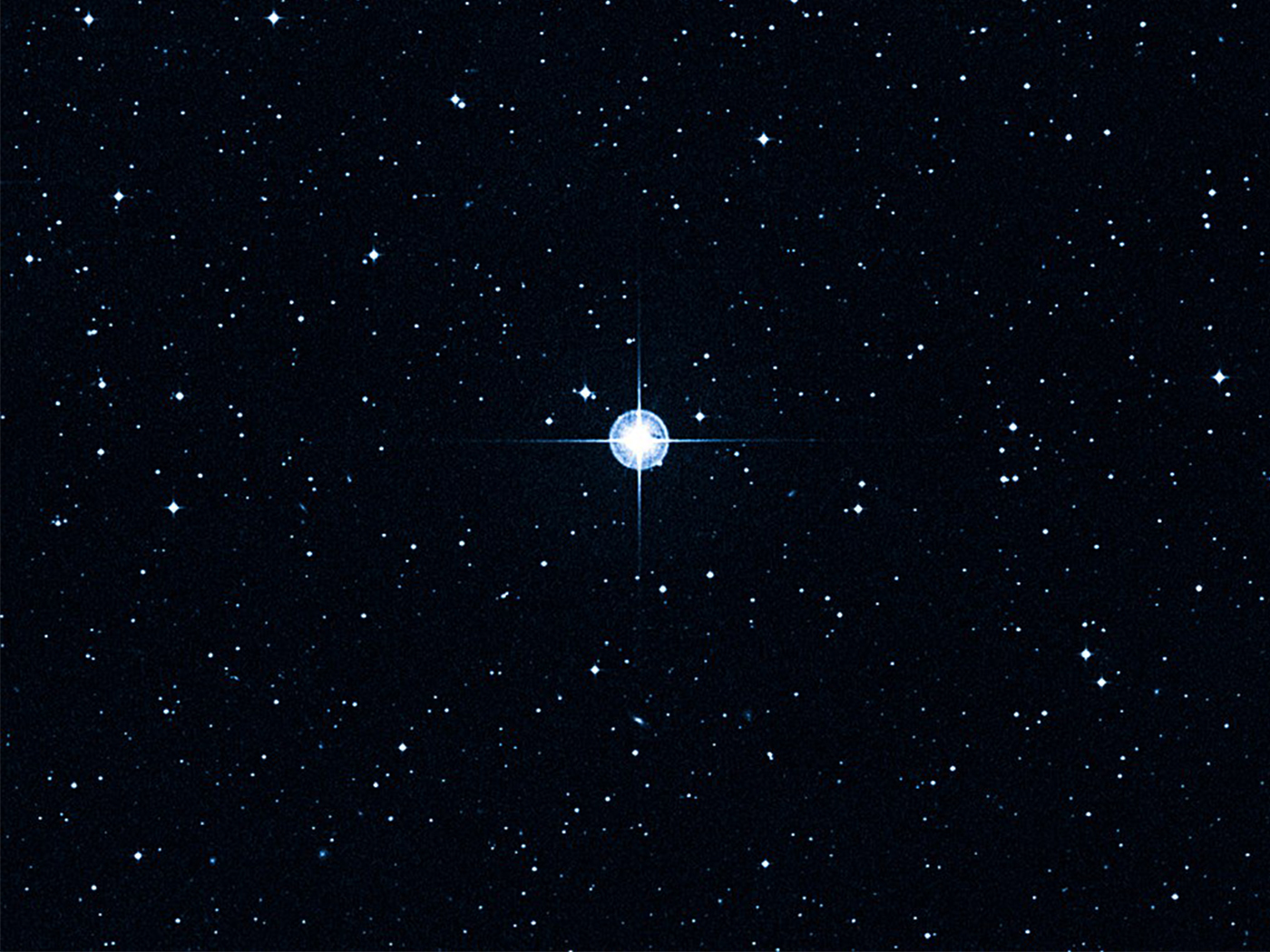Popular opinions hold that viruses can evolve into increasingly harmful versions of themselves. But science shows just the opposite. RNA viruses like influenza, Ebola, COVID-19, and measles show histories of accumulating mutations and becoming less virulent. Outbreak intensities wane with time. This trend brings good news for human health workers: This, too, shall pass. This genetic decay also confirms God’s curse on a sin-soaked creation that the Bible’s book of beginnings makes so plain.
RNA viruses encode their building and activation instructions on strands of chemicals called RNAs (ribonucleic acids). RNA “letters” lie in long strands—like words in a sentence. Viruses use a specific enzyme to copy those instructions. The enzymes make new copies of the virus’ RNA strands. The copying enzymes work with extreme efficiency, though imperfect. Virologists report mutation accumulation rates that match enzyme copying error rates. For example, 0.001 “letter” substitutions happen per site, per year.1
One insightful review highlighted the challenge that speedy viral mutation rates pose to long evolutionary timeframes. In it, Oxford zoologist Edward Holmes noted an “apparent paradox” between the measured high-speed of viral genome decay versus evolutionary eons of virus non-evolution.1
Holmes described this paradox in flaviviruses. This genus of RNA virus causes no symptoms in arthropods, like ticks and mosquitos where they originate, but do cause diseases like Zika virus when they infect humans. As usual, flaviviruses mutate too quickly for evolution. Holmes wrote, “To make the divergence of the flaviviruses correspond to the origin of the placental mammals at 100 million years ago would require a nonsynonymous rate some 4 logs lower, at 0.000000009 substitutions/site/year!”1 Nonsynonymous mutations directly alter protein code.
However, if placental mammals arose by creation only thousands of years ago, as Scripture teaches, then the time dilemma vanishes. RNA viruses look young.
So do other viruses. Holmes wrote of hepatitis B, “However, as with the primate lentiviruses [e.g., HIV], the best estimates of substitution rate suggest an evolutionary history of only a few thousand years and hence many orders of magnitude too recent for cospeciation.”1
In other words, viruses look too recent for evolution.
Holmes offered some suggestions to bridge the big gap between viral genome decay and evolutionary time requirements. Some solutions involve fiddling with variables in virus mutation models, such as having most of the mutations occur in regions that have no effect on the virus. But in the end, he admitted these proposed solutions fall short. That’s why Holmes called upon more studies of RNA virus “evolution” to help explain this mutation paradox. A 2012 report answers that call, but merely confirmed this bad news for evolution.2
The 2012 analysis tracked rapid mutation accumulation in the Spanish Flu virus (H1N1) since its origins in the late 1800’s. Its authors reported a rate of “0.0032 mutations per site per year,” right in the same order of magnitude reported in the 2003 summary.2 Spanish Flu mutated to extinction in 1957.3
Romans 8:22 says, “For we know that the whole creation groans and labors with birth pangs together until now.” Just like DNA inside all plant and animal cells, viral RNAs accumulate mutations from copying errors. They groan and labor as they decay a little more every generation.
References
1. Holmes, E. C. 2003. Molecular Clocks and the Puzzle of RNA Virus Origins. Journal of Virology. 77(7): 3893–3897. 2. Carter, R. W. and J. C. Sanford. 2012. A new look at an old virus: patterns of mutation accumulation in the human H1N1 influenza virus since 1918. Theoretical Biology and Medical Modelling. 9:42. 3. However, a sample of frozen H1N1 apparently escaped from a research lab in the 1970’s. It has mutated to near extinction.
*Dr. Brian Thomas is Research Associate at the Institute for Creation Research and earned his Ph.D. in paleobiochemistry from the University of Liverpool.

RNA Virus Genome Decay Confirms Creation
The Latest
The Golden Numbers
Evolutionists theorize that the universe came into being through random means. Fundamentally, randomness lacks symmetry since the very concept of symmetry...
Scientists Question Foundational Big Bang Assumption
In April 2024, some of the world’s leading cosmologists convened at the Royal Society in London to question the cosmological principle—the...
Moroccan Dinosaurs in Marine Rocks, Too
Two recent papers by paleontologist Nicholas Longrich and his colleagues describe some unexpected findings in phosphate mines of northern Morocco.1,2...
CREATION PODCAST
Ernst Haeckel: Evolutionary Huckster | The Creation Podcast:...
Ernst Haeckel, a German Zoologist, is famous for developing a series of images of embryos in development called Anthropogenie. These images,...
Bees Master Complex Tasks Through Social Interaction
Bees are simply incredible.1,2 These little furry fliers challenge the very foundation of Darwinism in many diverse ways.
Bees have been...
The Tail of Man’s Supposed Ancestors
Although it has been known for decades and despite insistence to the contrary from the evolutionary community, man—Homo sapiens—has never...
When Day Meets Night—A Total Success!
The skies cleared above North Texas on Monday, April 8, for a spectacular view of the 2024 Great American Solar Eclipse. Hundreds of guests joined...
The Sun and Moon—Designed for Eclipses
Before discovering thousands of planets in other solar systems, scientists tended to assume that other solar systems would be very similar to our own....
Let ICR Help You Prepare for the Great American Solar Eclipse!
On Monday, April 8th, the moon will move directly between the earth and the sun, resulting in a total solar eclipse visible in northern Mexico, much...
Total Eclipse on April 8th
“You alone are the LORD; You have made heaven, the heaven of heavens, with all their host, the earth and everything on it, the seas and all that...






























